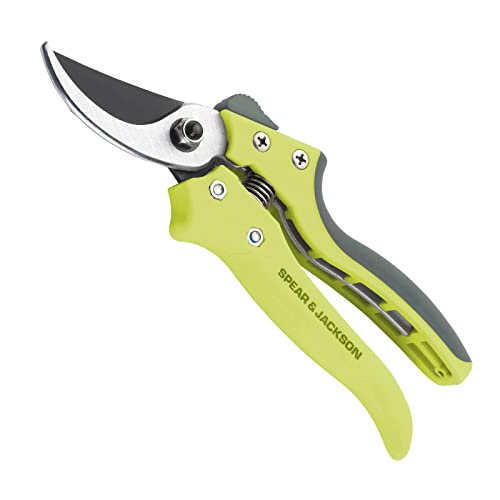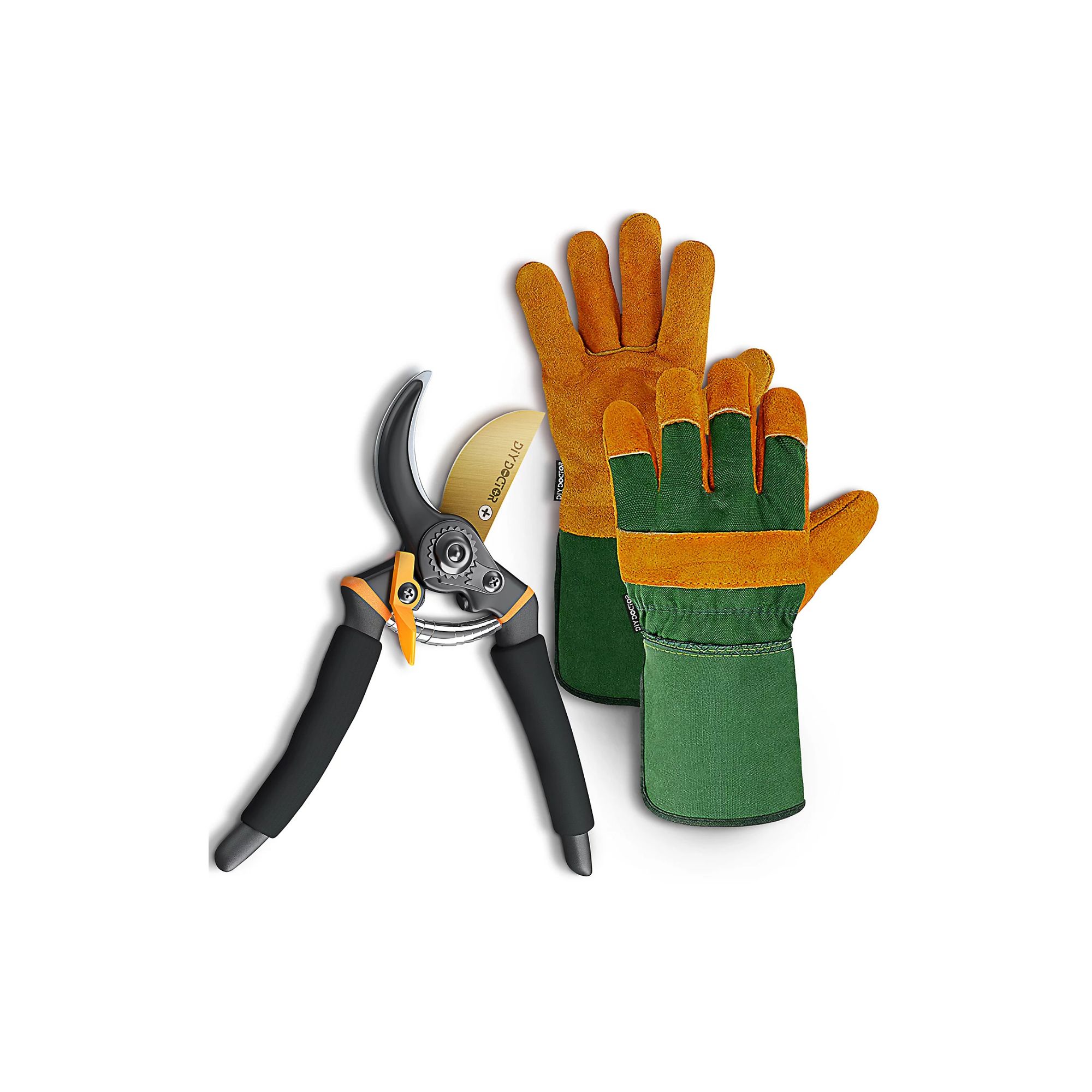I'm a gardening editor and these are the plants I'm cutting back in October for healthier, more lush growth next spring
Pruning these plants in autumn will encourage stronger growth and healthier plants
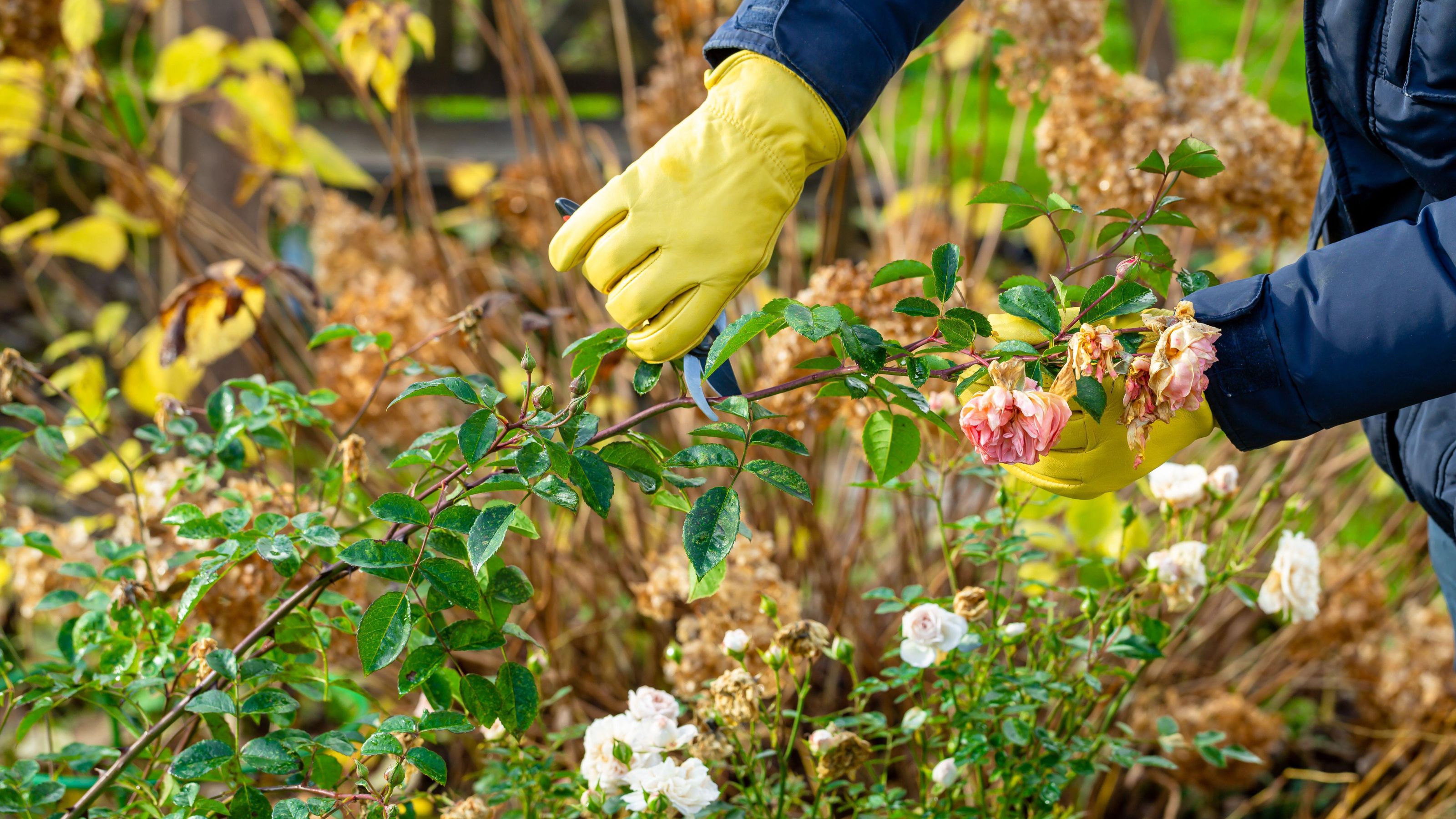

While autumn sees things winding down in the garden, there’s still plenty that needs doing, with tidying-up and trimming-back top of the list. Although the majority of plants require pruning in either winter or spring, there are some that benefit from an end-of-season trim, so these are the plants I’ll be cutting back in October to give my garden a head start for next spring.
‘October is a good time to prune many garden plants in the UK,’ says Julian Palphramand, Head of Plants at British Garden Centres. ‘Pruning helps prepare plants for winter and encourages healthy growth in spring.’
‘Cutting back spent perennials and clearing annuals helps reduce disease and pest build-up over winter,’ agrees Charlotte McGrattan, HNS Buyer at Hillier Garden Centres and Nurseries. ‘Focus on removing any dead or diseased material and compost healthy plant debris. Lightly prune roses, deciduous shrubs and summer-flowering climbers, but avoid heavy pruning of spring-flowering shrubs until after they bloom.’
1. Roses

Roses are one of the first things to need tidying up in my garden come autumn. I have a couple of climbing roses, one positioned against a fence and the other trained around an arch, and the foliage on both is looking a bit jaded now that the flowers are gone.
In autumn, it's really just a matter of giving roses a gentle pruning, so I’ll remove any dead, diseased or crossing stems, which will neaten things up and help to reduce the height a bit so they won’t get blown around and damaged by wind. When it comes to hard pruning, leaving it until late winter or early spring is the perfect time to prune roses.
‘For rambling and climbing roses, cut away any dead or damaged stems and side shoots,’ advises Julian. ‘It’s also helpful to remove any old petals and diseased leaves, especially on potted roses and bush roses. Shrub roses benefit from cutting dead or crossing stems to let air flow better around the plant. And avoid pruning young roses that are less than two years old.’
2. Peonies
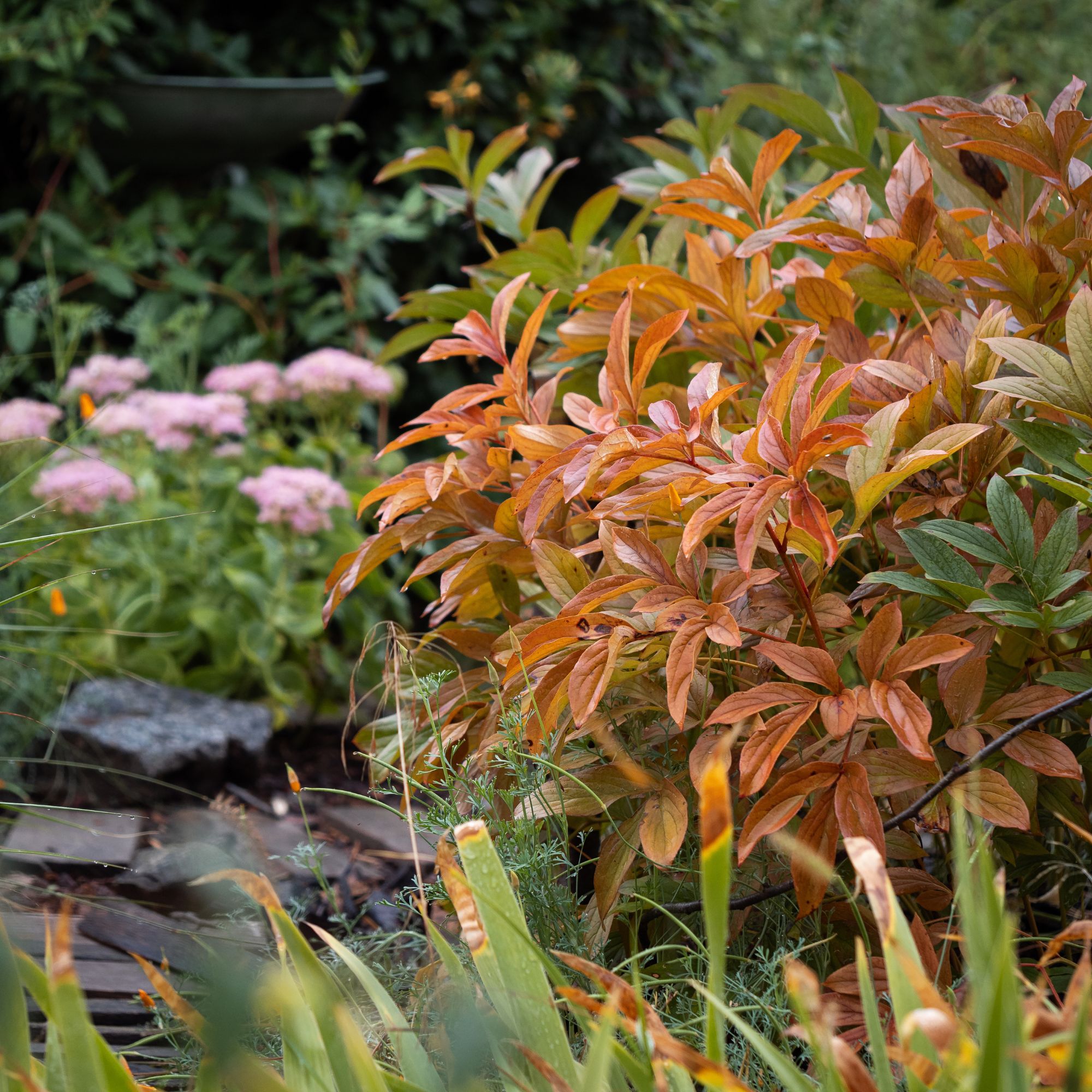
The peonies were one of the earliest plants to flower in my garden this year and looked fabulous, although I’m always sad the blooms don’t last longer. While deadheading peonies once the flowers are spent is key (to ensure they don’t set seed), pruning the foliage comes much later in the year.
Sign up to our newsletter for style inspiration, real homes, project and garden advice and shopping know-how
Although I’m always tempted to cut back any untidy foliage as soon as autumn comes, cutting back peonies too early can prematurely weaken the plant as it relies on the energy from the leaves for the following year's new growth. Best practice is to hold off and wait until after a hard frost, usually around late October or early November, and then pruning peonies when the foliage goes yellow (like these above) and dies back naturally.
‘Peonies, especially the herbaceous types, can be cut back after the first hard frost to about three inches above the ground,’ advises Julian.
3. Hardy geraniums
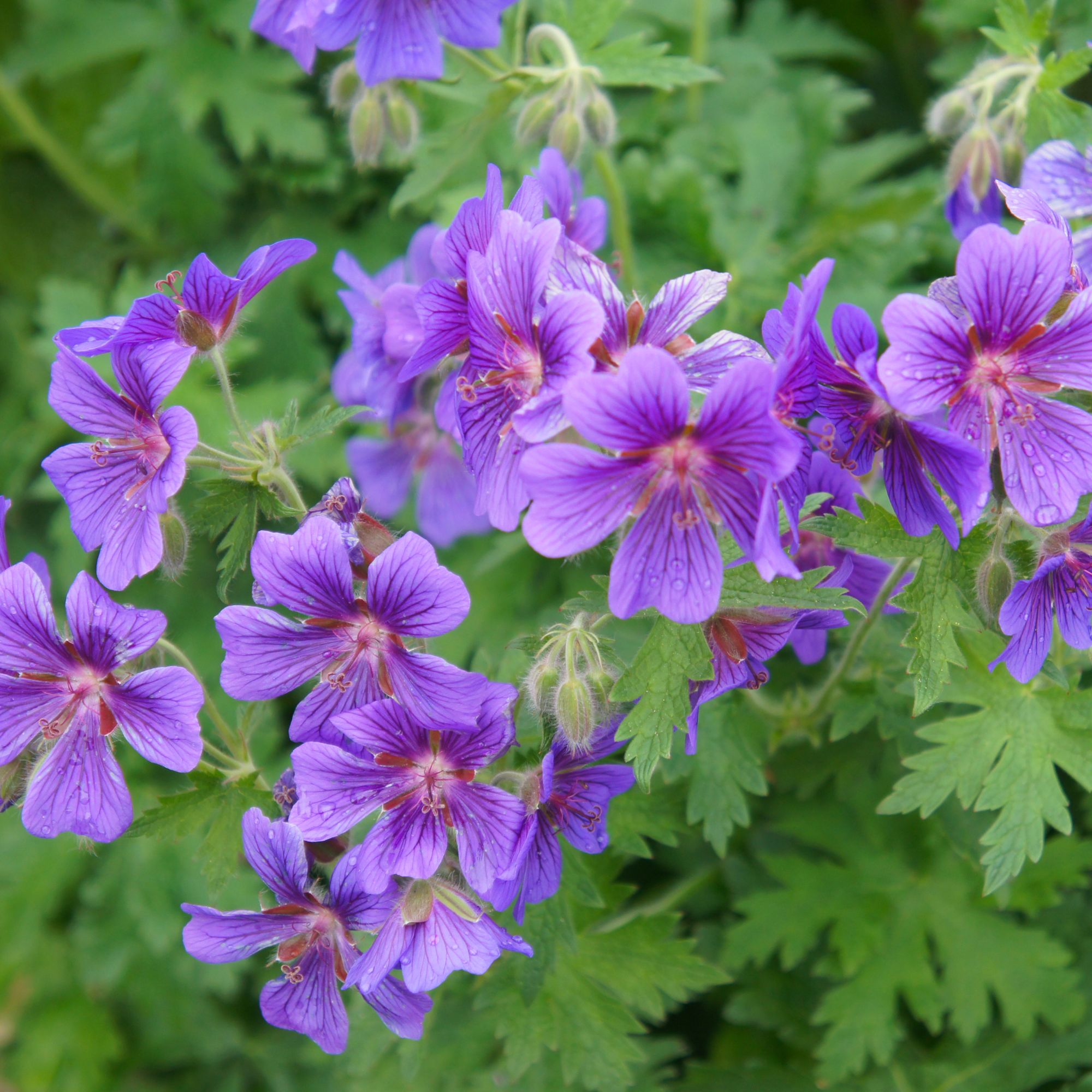
Another plant that I’ll be pruning before winter is my hardy geraniums. I have quite a few, such as the geranium rozanne, from £6.99, J Parker's, dotted around the flower beds as they make great groundcover plants and are low-maintenance as well as being long-lasting.
While they did get a little leggy and untidy towards the end of summer, a cut back in August gave a second flush of flowers, so I won’t rush to prune them too early for autumn.
As soon as it gets a bit colder at the end of the growing season, when the flowers are gone and the foliage starts to fade, cutting back both foliage and stems to the ground will help the plants produce fresh new growth for the following spring. I’ll also add a layer of organic mulch, £18.69, Amazon, to protect the roots from frost.
And if hardy geraniums have gotten very big and clumpy, now’s also a good time to divide perennials, which will give you more plants for free.
4. Anemones
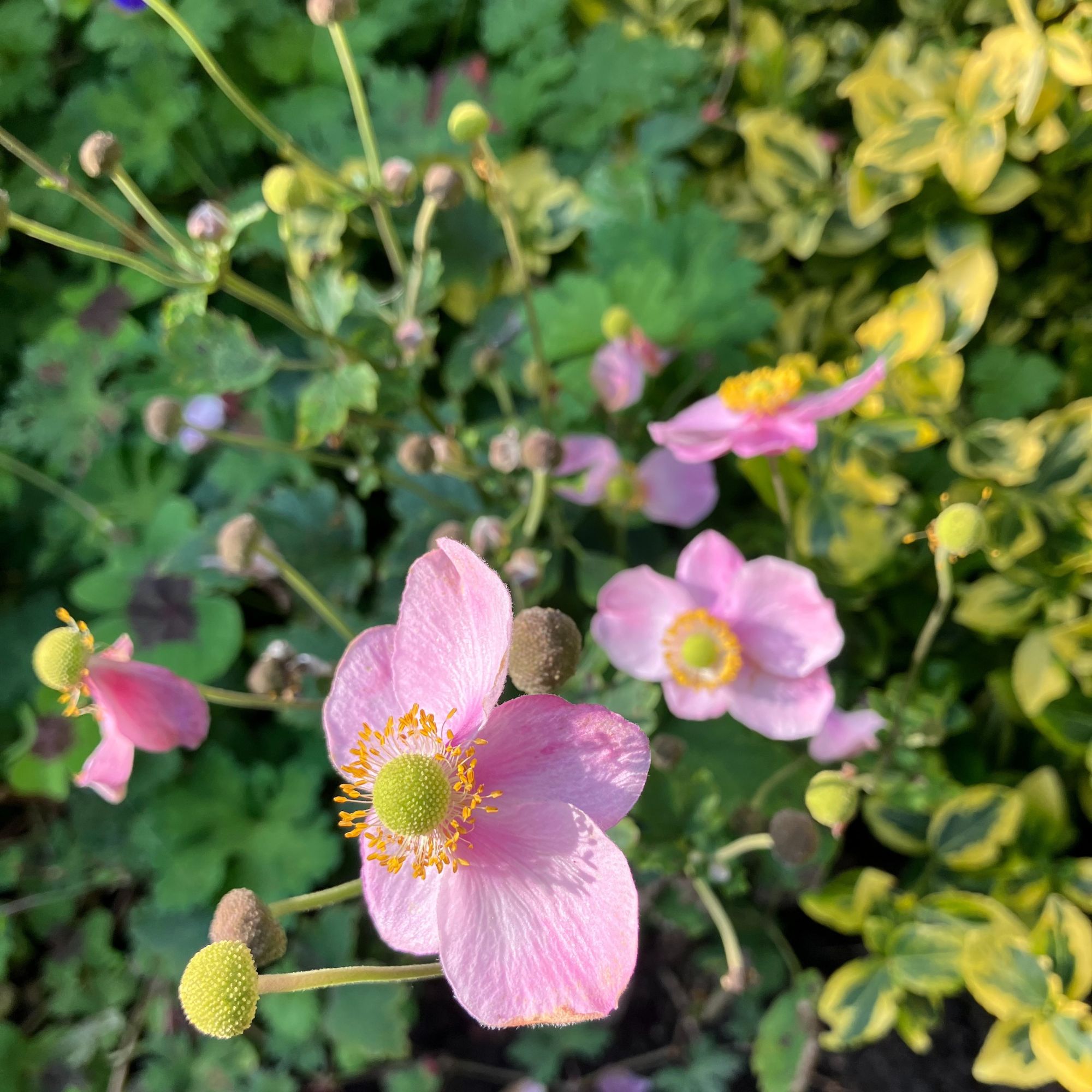
Anemones are another easy-to-grow favourite of mine that are great for adding late colour and interest to border ideas. My anemones are still going strong right now, so I’m a little undecided about when or if I should prune them.
While some experts advise cutting anemone plants back to the ground after the first frost, others advise to just deadhead the flowers and leave the foliage intact which gives some protection for insects and garden wildlife over winter.
So as I have quite a few anemones dotted around the borders, like these anemone hybrida serenade, £15.95, Gardening Express, I’m going to experiment and cut some back fully this year and then leave others alone to see how they fare when they come back next year.
5. Buddleja
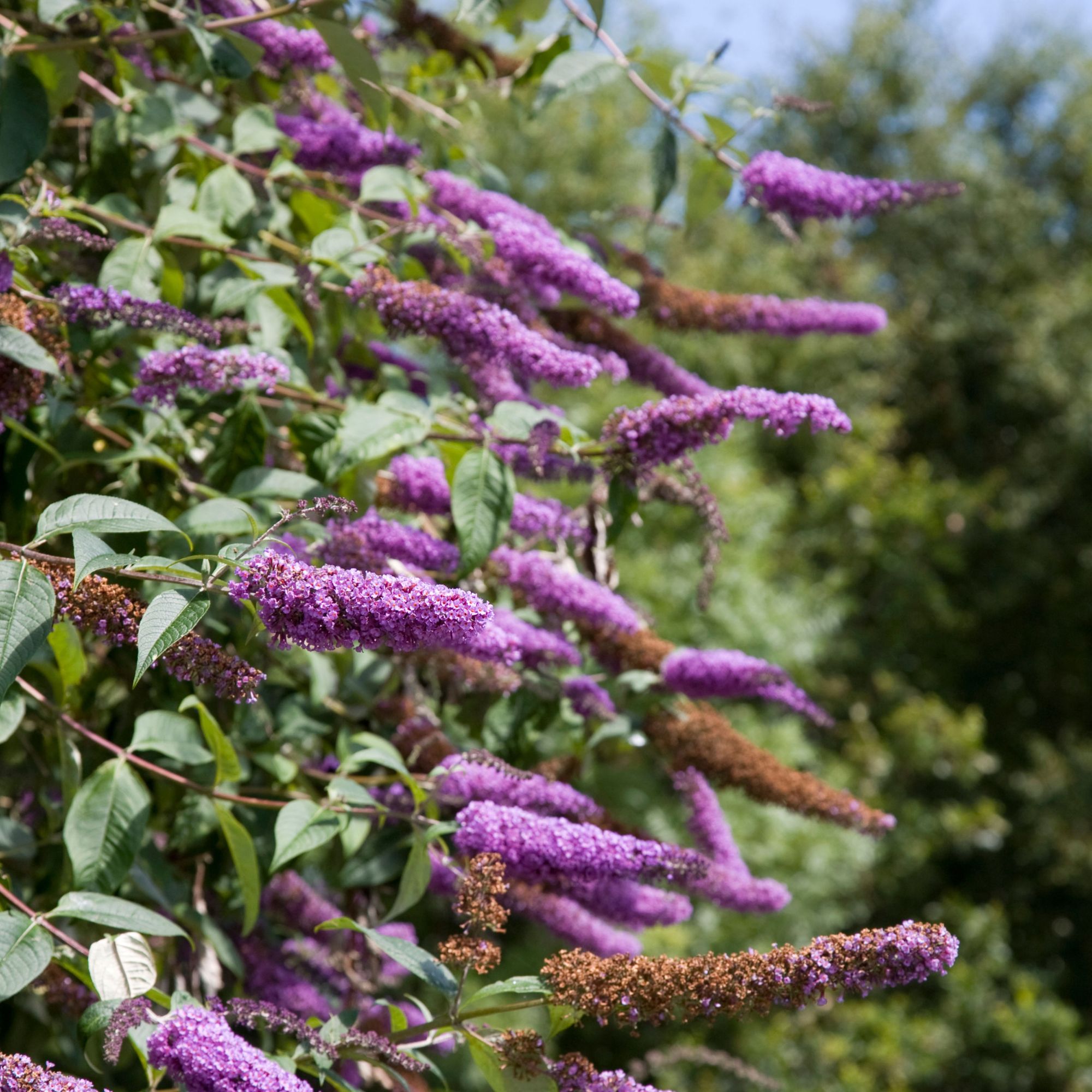
One of the plants in my garden that gets quite tall with an abundant top growth is the buddleja. This can make it prone to wind damage as the foliage acts like a sail when it gets a bit gusty.
‘Buddleia, also known as the butterfly bush, should get a light trim now to protect it from winter winds,’ advises Julian, ‘but save any hard pruning for early spring.’
While a light trim does help to tidy the plant up and improve its shape, buddleja is a prolific self-seeder, so I also make a point of deadheading buddleja flowerheads once they’ve faded and before seeds form, otherwise it can spread quite quickly through the border and pop up in places you don't want it.
6. Dahlias
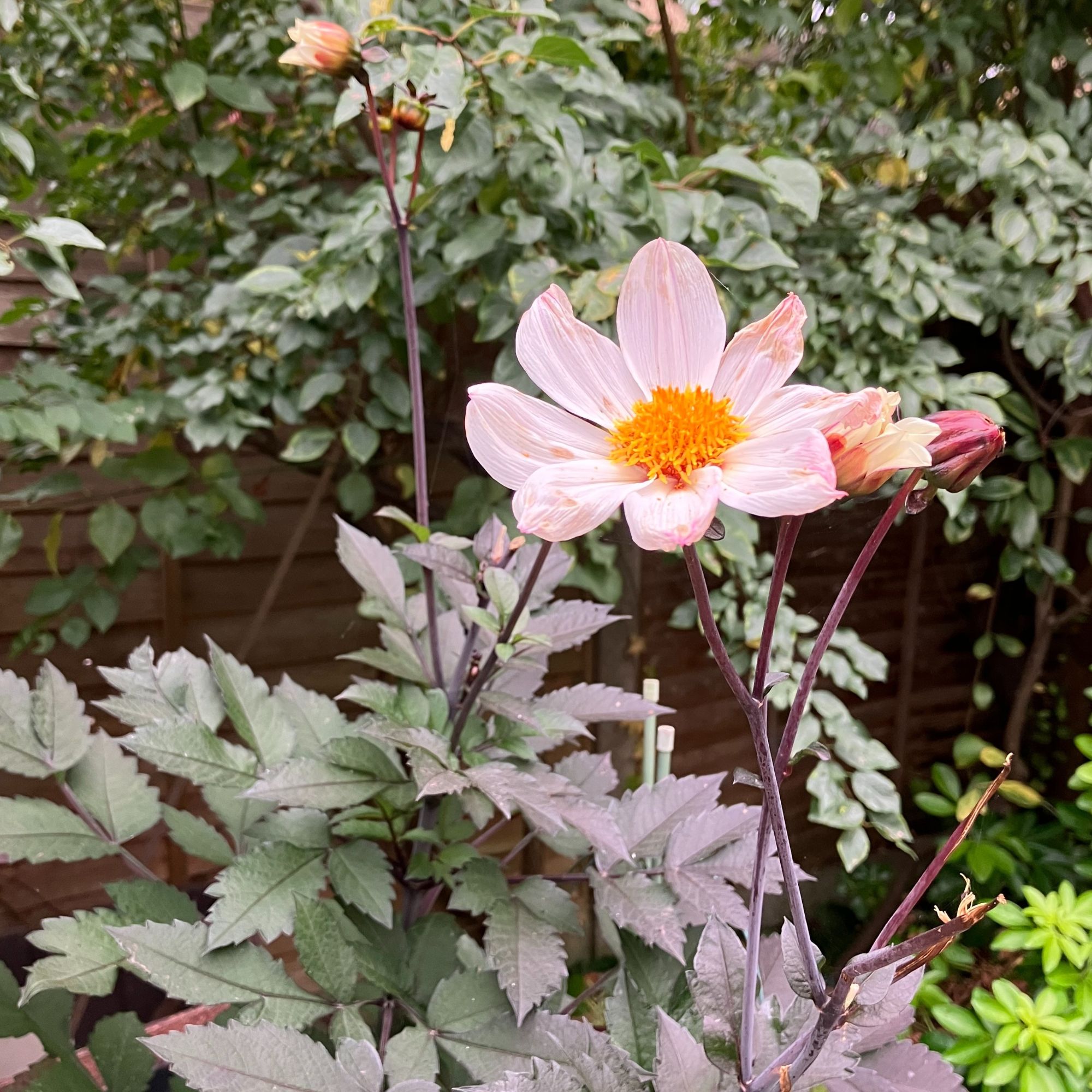
While I love dahlias, growing them has always been a bit hit and miss for me. Success one year, entirely eaten by slugs another. But not to be put off, I grew a few different varieties of dahlias in pots this year (harder for the slugs to get to them as they were raised) and ended up with some stunners like these dahlia 'bishop of dover, from £5.99, Crocus.
But as soon as the blooms start to fade on these, I plan to cut back the foliage and then lift the tubers before storing them away in my shed - known as overwintering dahlias - which will protect them from frost before I re-plant them again in the spring.
‘Dahlias should be cut back when the leaves turn black, to about 10 to 15 centimetres above the soil before you lift the tubers for winter storage,’ advises Julian. ‘This prevents the tubers from rotting and they can be stored in a frost-free location until ready to be re-planted.’
Shop these pruning essentials
These are the plants I'll be cutting back in my garden in October...are there any on your to-do list that you'll be pruning in autumn?

Lisa is a freelance journalist who has written about interiors for more than 25 years. Previously editor of Style at Home magazine, she has worked on all the major homes titles, including Ideal Home, Country Homes & Interiors, 25 Beautiful Homes and Homes & Gardens. She has covered pretty much every area of the home, from shopping and decorating, crafts and DIY to real homes and makeovers and now regularly writes gardening stories for Ideal Home.
You must confirm your public display name before commenting
Please logout and then login again, you will then be prompted to enter your display name.
